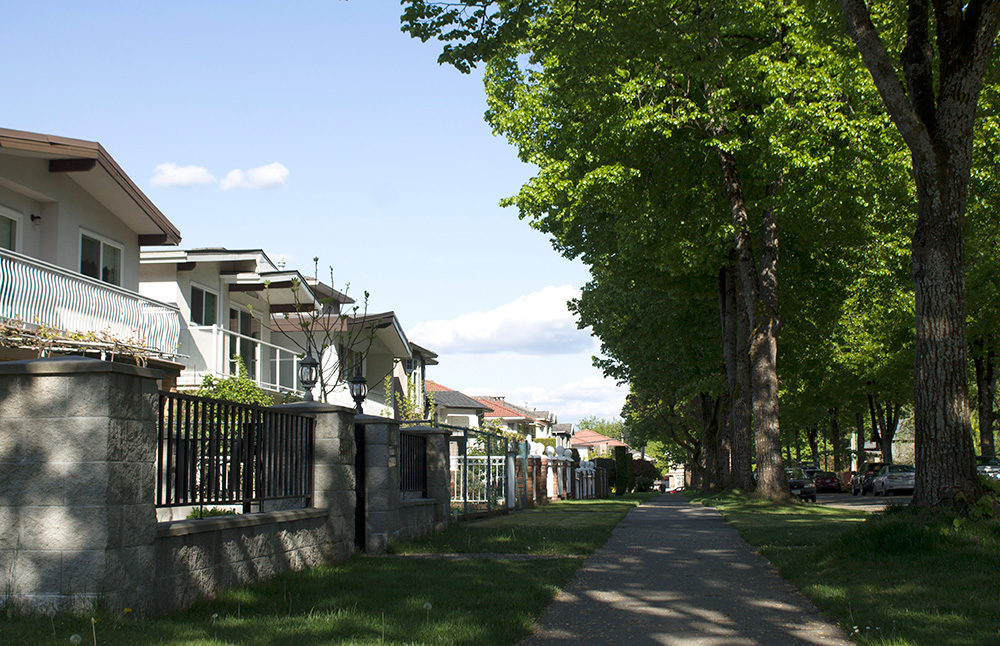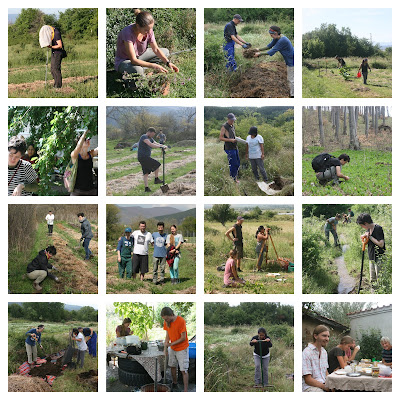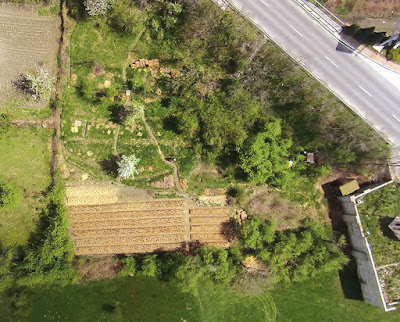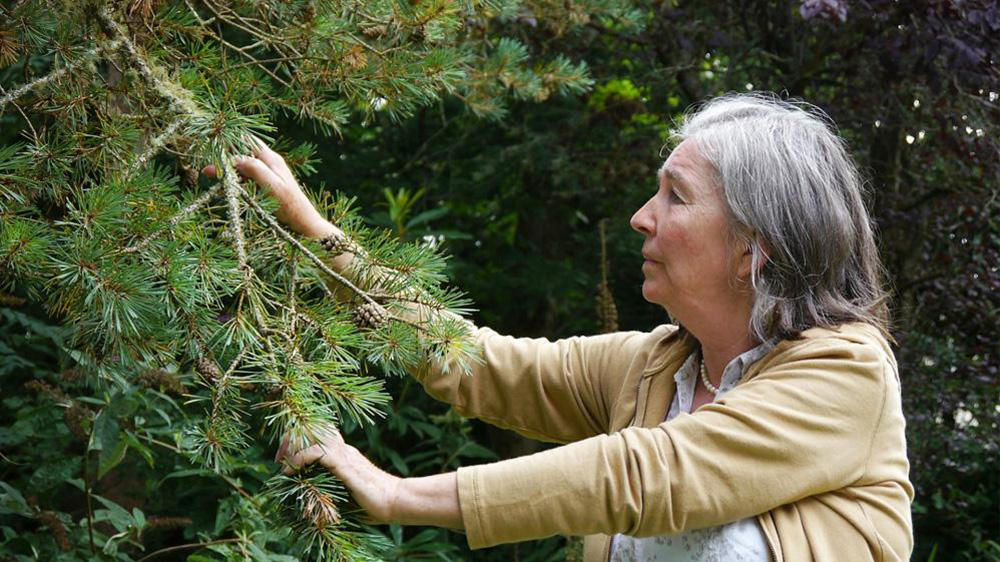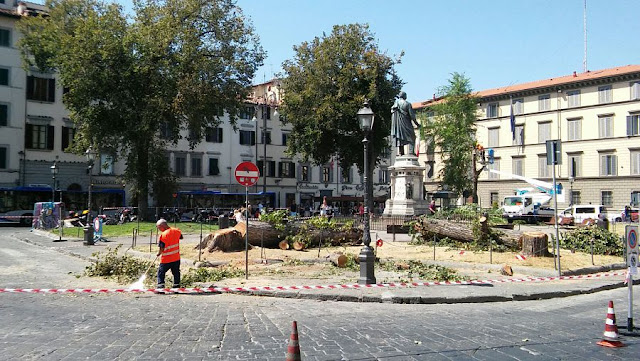This month I continue the series on pruning with a look at pruning established landscape trees. These are trees in the prime of life, growing well, starting to shade the garden beneath them and expanding their canopies. Various reasons can prompt the call for tree care professionals.
What reasons would we have to prune a healthy vigorous mid-aged tree? For those we have to examine what may have happened in the past. The fact that a tree is growing well does not always mean it was “selected” well. After a few years time, that cute little nursery tree is flexing its branches and spreading out and, more worryingly, upward. One of the prime reasons for pruning is to reduce the size or expansion of a tree canopy. There may be impending interference with power transmission or other utility lines. The tree may be blocking a view, it may just be frightening in its shear mass or size and pose a psychological threat to its owner. Size reduction is a frequent object of tree pruning operations.
The tree is too large for my comfort
If you find that you want to reduce size of a tree you should ask yourself is it possible and is it sustainable? Ultimately, do I have the right tree for this spot?
Size reduction pruning is a battle with tree genetics. The tree wants to achieve a designated height and the tree owner wants to limit that height. Terminal or leaders can be pruned back to a lateral branch to reduce the length of stems and branches. This kind of “thinning” is effective as long as the branch that a leader is trimmed to is large enough to resume the hormonal role for that portion of the tree…
…click on the above link to read the rest of the article…










